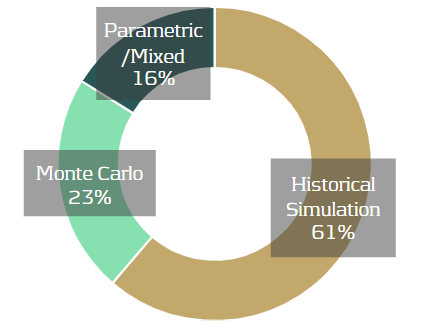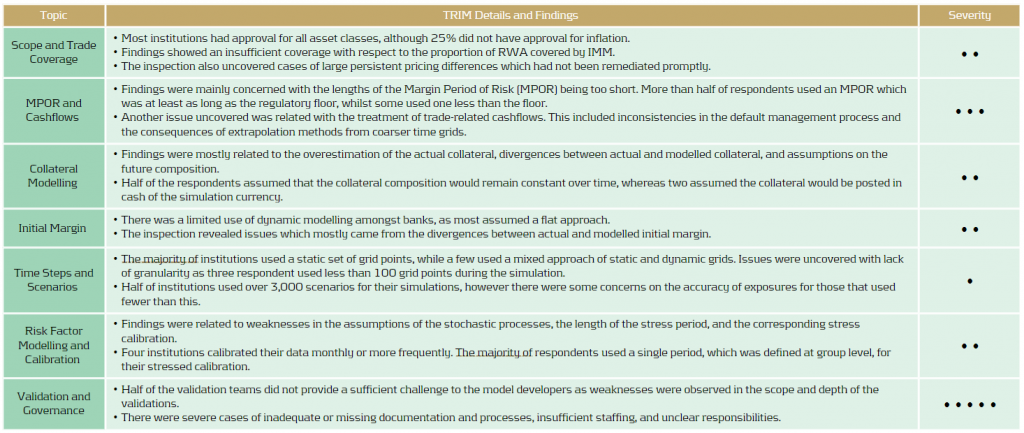The Delft University of Technology (TU) aims to be a world-class institution with excellent research in specific disciplines. In order to achieve this, it needs good research facilities. A substantial part of the current facilities is up for renovation. How can this be financed in times of cost cutting?
More than 5,000 people work at TU Delft, and 17,000 students study there, preparing for professional life. “The TU is a city in a city,” Rianne van der Slot explains. She is the controller of the real estate management team at the University of Delft. “We own 36 buildings with a floor space of approximately 550,000 square meters. We manage all real estate ourselves, as well as the land. We even own the sewerage and have to maintain it ourselves.”
In 1999, the government donated all university real estate to the TU. Most buildings date from the 1960s and ’70s and are in need of thorough, large-scale maintenance or replacement. “The TU Delft will have to finance this itself,” says Mariëlle Vogt, director of finance at the TU. “The estimated costs of possible new buildings, renovation, and large-scale maintenance for the next 10 years amount to approximately half a billion euros.”
The Ministry of Education, Culture, and Science gives a Government Contribution to the TU on a yearly basis, as it does to all Dutch universities. This amount varies as a consequence of different government decisions and adjusted ministerial budgets and is more likely to decrease than to increase despite the growing number of students.
Vogt says: “Unfortunately, we receive no extra government contribution for these investments in real estate. All universities struggle with the combination of real estate in need of renovation and little resources of their own, but for a technical university like ours, it is even more essential. Real estate is a core asset in our primary process. You need a specific building in order to build a sophisticated lab. At universities, you won’t attract renowned scientists with a high salary unless you also have top-rate facilities, so infrastructure is essential. Only then will you be able to attract the right people.”
Role-play
At the end of 2009, the university decided to make extra savings in order to be able to put funds aside for renovations in real estate, education, and science. The plan was to borrow a limited amount and, in addition, put some money aside every year. From 2010 onwards, however, considerable cutbacks were made in the contribution of the government. “As far as revenues are concerned, The Hague is now an uncertain factor,” Vogt says. “It is really difficult to make funding prognoses for the next 30 years. We have to engage in scenario planning and perform sensitivity analyses to ensure that we can pay the loans back in time. That was a reason to look for external help, from Zanders.”
TU Delft preferred funding from the government: Treasury Banking (in Dutch: ‘schatkistbankieren’). Apart from the fact that it is cheaper, it makes more sense for us, as a university, to borrow from another public body. In addition, the government has sufficient resources available, says Ronald van den Bosch, senior business controller of the TU. “We did not know, however, if we could meet the conditions of treasury paper.”
Together with Zanders, a role-play was developed. Vogt explains: “We prepared everything as if we were going to a commercial bank and then asked Koen Reijnders and Hendrik Pons to take the critical position that a bank would take. By doing this, we wanted to submit ourselves to the discipline of a commercial bank – then you know that you are acting in a prudent manner.”
Infrastructure is essential. Only then, will you be able to attract the right people.
Mariëlle Vogt, director of finance at the TU.

Scenarios
It became clear that the TU was able to meet the conditions of Treasury Banking. The business case that Zanders developed with the TU departments for Real Estate and Finance led to a model with which one could calculate the outcome of all kinds of scenarios. An extra investment in one of the buildings, an unexpected interest development, or a higher indexation of building costs: the consequences of all these occurrences will become clear from the model.
“Together we built a toolbox with which we can – so it seems – anticipate developments,” Vogt says. “It is a custom-made model that extends to 2030 and contains a number of scenarios – different financial prognoses in which there is a constant connection between the overall financial prognosis of the TU Delft and its real estate plans.”
The interests of the two departments differ. Real estate feels the pressure of users that require certain facilities. Finance supervises the prudent use of limited funds. “Zanders has connected these two interests,” Van den Bosch states. “In the case of real estate, one argues on project level, whereas the finance department thinks on a balance sheet level. With the model, the consequences on an aggregated level became clear for both sides – a good joint effort of the departments. By constantly setting the costs of certain investments against the funding of those investments, one can decide what the possibilities are within a certain period of time.”
Towards the future
It happens all too often that such a model is built to support funding but afterwards disappears in a drawer. The TU chose to use the model as part of the process to make timely adjustments, when necessary. Vogt says: “Twice a year – also to inform our supervisory council – we update the investment and maintenance plan, including all financial prognoses at TU level. We have subjected ourselves to this discipline; normally you would leave that to the bank. The model safeguards that this happens in a well-thought-out manner.”
At an earlier stage, it was not necessary to use a “model with scenario buttons,” as the costs coincided mostly with the revenues. The real estate investments were the direct cause. Now the model will be used in future. “Together with Zanders, they have the up-to-date knowledge of the market,” Vogt says. “Our two focus areas this year are the finance and risk policy. Of the EUR 500 million that we spend each year, approximately EUR 350 million comes from the government. Every time, you have to carefully consider which investments you will make that year. The model indicates per year the effect of such an investment on your liquidity, amortization, and maintenance costs.”
No vibrations
“In the case of investments in large-scale maintenance, we look for opportunities to reduce costs toward the future,” Van der Slot says. “Certain investments will lead to energy savings or lower CO2 emissions. Renovation will also reduce certain maintenance costs. It is very interesting to see that in such a model.”
Growth is not the purpose of renovation. It is more likely to see fewer TU buildings than more in the future. With the renovations, the ‘New Way of Working’ will be introduced. BK City, the housing complex for the TU faculty of Architecture, has many open spaces and flexible workplaces. We will introduce renewed concepts of education, such as offering digital classes.
All sorts of rankings exist that indicate the relative position of universities. These are not just based on the number of students, but decisive factors are primarily the amount of research and the number of publications. These, then, depend again on the infrastructure that one can offer. Vogt notes: “Some buildings have to satisfy very high standards, like the building of Applied Sciences. In the Nano labs, the passing of a truck should not cause any vibration whatsoever. It is an interesting but complicated matter. We are not a cookie factory.”










































